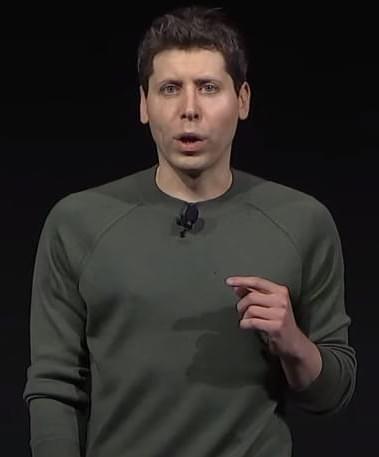Organic computers are based on living, biological “wetware”. This video reports on organic computing research in areas including DNA storage and massively parallel DNA processing, as well as the potential development of biochips and entire biocomputers. If you are interested in this topic you may enjoy my book “Digital Genesis: The Future of Computing, Robots and AI”. You can download a free pdf sampler, here: http://www.explainingcomputers.com/ge… purchase “Digital Genesis” on Amazon.com here: http://amzn.to/2yVKStK Or purchase “Digital Genesis” on Amazon.co.uk here: http://www.amazon.co.uk/dp/1976098068… Links to specific research cited in the video are as follows: Professor William Ditto’s “Leech-ulator”: http://www.zdnet.com/article/us-scien… Development of transcriptor at Stanford: https://med.stanford.edu/news/all-new… Harvard Medical School DNA storage: https://hms.harvard.edu/news/writing–… Yaniv Erlich and Dina Zielinski DNA storage: http://pages.jh.edu/pfleming/bioinfor… Manchester University DNA parallel processing: http://rsif.royalsocietypublishing.or… All biocomputer and other CG animations included in this video were produced by and are copyright © Christopher Barnatt 2017. If you enjoy this video, you may like my previous report on quantum computing: • Quantum Computing 2017 Update More videos on computing-related topics can be found at:
/ explainingcomputers You may also like my ExplainingTheFuture channel at:
/ explainingthefuture.
Category: robotics/AI – Page 742

Metamaterial Magic: Scientists Develop New Material That Can Dynamically Tune Its Shape and Mechanical Properties in Real-Time
Drawing inspiration from the extraordinary adaptability seen in biological entities such as the octopus, a significant advancement in the field of soft robotics has been made. Under the guidance of Professor Jiyun Kim from the Department of Materials Science and Engineering at UNIST, a research team has successfully developed an encodable multifunctional material that can dynamically tune its shape and mechanical properties in real-time.
This groundbreaking metamaterial surpasses the limitations of existing materials, opening up new possibilities for applications in robotics and other fields requiring adaptability.
Current soft machines lack the level of adaptability demonstrated by their biological counterparts, primarily due to limited real-time tunability and restricted reprogrammable space of properties and functionalities. In order to bridge this gap, the research team introduced a novel approach utilizing graphical stiffness patterns. By independently switching the digital binary stiffness states (soft or rigid) of individual constituent units within a simple auxetic structure featuring elliptical voids, the material achieves in situ and gradational tunability across various mechanical qualities.



Thanks to AI, the coder is no longer king: All hail the QA engineer
How will that situation change development teams? A common ratio of developers to testers is three to one. At a big bank with 40,000 software engineers, 10,000 might do security, reliability, and quality control. But the AI effect is like squeezing a balloon so it expands on the other side. The coding productivity jump is offset by a dramatic increase in cycles spent on testing.
How Development Teams Can Get Ahead
For software teams, the pressure is on to adapt. Companies that want to stay ahead of the game should first get a handle on a long-time adversary: toil.



Korean researchers power-shame Nvidia with new neural AI chip — claim 625 times less power draw, 41 times smaller
A team of scientists from the Korea Advanced Institute of Science and Technology (KAIST) detailed their ‘Complementary-Transformer’ AI chip during the recent 2024 International Solid-State Circuits Conference (ISSCC). The new C-Transformer chip is claimed to be the world’s first ultra-low power AI accelerator chip capable of large language model (LLM) processing.
In a press release, the researchers power-shame Nvidia, claiming that the C-Transformer uses 625 times less power and is 41x smaller than the green team’s A100 Tensor Core GPU. It also reveals that the Samsung fabbed chip’s achievements largely stem from refined neuromorphic computing technology.
Though we are told that the KAIST C-Transformer chip can do the same LLM processing tasks as one of Nvidia’s beefy A100 GPUs, none of the press nor conference materials we have provided any direct comparative performance metrics. That’s a significant statistic, conspicuous by its absence, and the cynical would probably surmise that a performance comparison doesn’t do the C-Transformer any favors.

AI Resurrection: Pros And Cons of Bringing Back The Dead
In this thought-provoking video, we delve into the fascinating concept of AI resurrection and how it is shaping our world in the digital age. \.